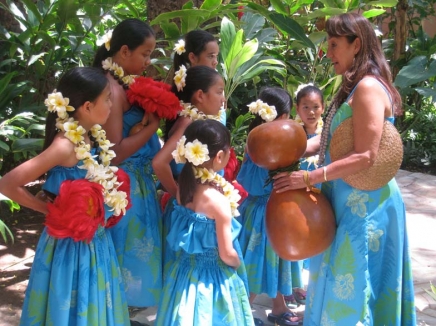Artist Space Development: Making the Case
Urban Institute: Maria Rosario Jackson w/ Florence Kabwasa-Green
This report looks at the same artist space field research as Artist Space Development: Financing, but through the lens of economic development, civic engagement, community collective action, and community quality of life. The report analyzes how artist space development has been positioned within the context of other policy priorities, particularly in the arts, community development, and urban revitalization realms, and outlines arguments for artist space projects in these areas. The study focuses on 23 projects in which a case for support had to be made to the public sector, foundations, or investors.
ExtractThis research suggests artist space development has momentum and that this is a good time for the field to grow. The number of artist space initiatives is increasing and interest in pursuing projects is on the rise. The capacity to bring efforts to fruition needs to be strengthened through the grooming of more people who know how to execute artist space developments in its many forms. This can be achieved by cultivating opportunities for exchange among seasoned artist space practitioners to identify fruitful practices, as well as the creation of artist space curricula and mentoring opportunities that enable those interested in artist space to acquire the necessary skills. That said, there are signs that such practices are already becoming more sophisticated and that artist space developments are benefiting from a broad range of allies.
Policymakers, funders, residents, and other stakeholders are interpreting the role and value of artists in society in a more positive light, and artists are increasingly sought after as catalysts for positive community change. It is an opportune time for artists and their advocates to play a more assertive role in encouraging artist space development by strategically cultivating more supporters and building the arguments and evidence that artist space is a viable investment, for many different reasons. Last, while the focus of this inquiry involved identifying ways in which cases for artist space development support were made, in our research, we also saw evidence of interesting and innovative artist space developments that came to fruition without having to make an explicit case for support for artists.
The Effects of Artist Space Development on Artists
Effects related to ASD availability and development infrastructure
Increased variety and quantity of ASD options and approaches
Artists’ mobilization and politicization around affordable space
Creation of artist-developers, advocates, and intermediaries
Identification of new allies and resources to support ASD
ASD effects on artists’ relationships to broader community
Increased interaction between artists and community through ASD common space and community programming
Increased ability of artists to demystify the creative process for the public as a result of open studios and similar programs
Heightened visibility of artists as a viable professional group
The Effects of Artist Space Development on Community
Social effects of ASDs
Increased arts-based programming for residents as well as formal and informal opportunities for cultural participation
Availability of additional multipurpose space for community residents’ use
Diversification of low-income communitiesYouth development
Promotion of ethnic prideIncreased inter-generational interaction
Economic effects of ASDs
Promotion or formation of creative clusters as a result of immigration of artistsIncrease in cost/value of real estate, leading to revitalization or gentrification
Small-scale increase in job opportunities
Diversification of community development strategiesInclusion of ASD in cultural and community plans
The ability of artist-developers and advocates to operate effectively inside and outside of the arts world is essential. For artist spaces to thrive, artist-developers and advocates have to be able to work comfortably with people such as bankers, representatives from a range of regulatory agencies, community leaders concerned with quality of life, business people and elected officials, among other players, over the long term. There are already some artist-developers and advocates who have mastered this. They, as well as people from the community development realm and the business sector who have experience with artist space development, need regular, periodic opportunities at the national level to compare and share their best practices and lessons learned.

